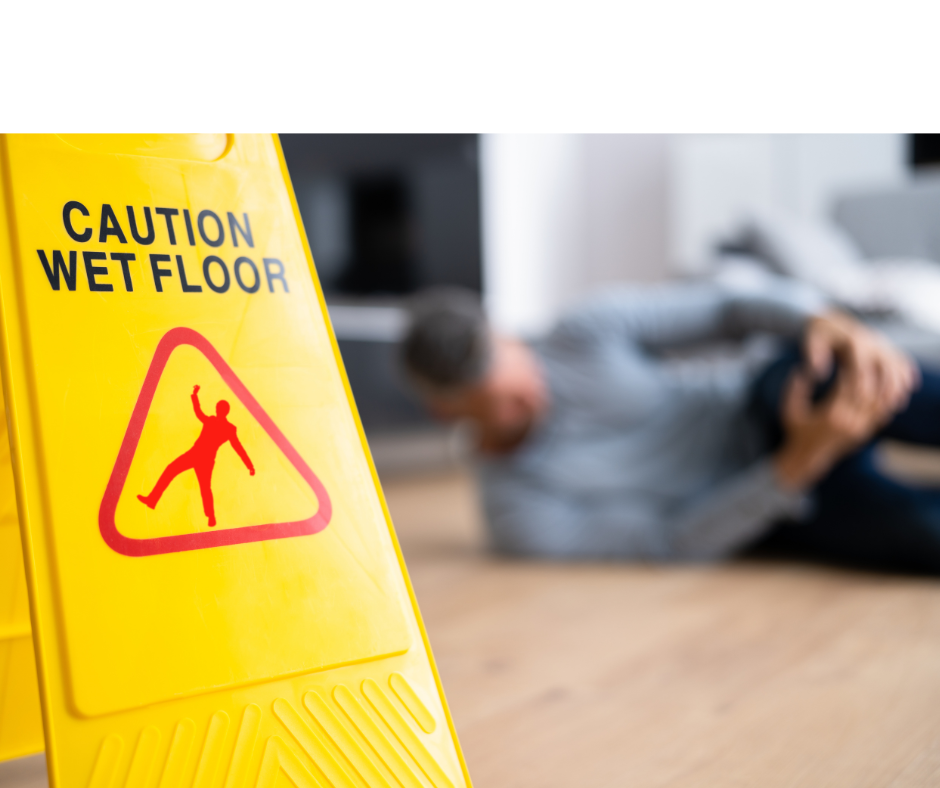Slip and fall accidents can happen to anyone, anywhere, and at any time. When such accidents occur due to negligence on the part of a property owner or occupier in Idaho, it may be possible to seek compensation for the injuries sustained. However, proving negligence in a slip and fall case can be a complex process. In this blog, we will explore the key elements and steps involved in proving negligence in an Idaho slip and fall case.
Establishing Duty of Care
The first crucial step in proving negligence in a slip and fall case in Idaho is establishing that the property owner or occupier owed you a duty of care. In legal terms, this means they had a responsibility to maintain their property in a reasonably safe condition for visitors. This duty of care is typically owed to anyone legally on the premises, whether they are customers, tenants, or guests.
Breach of Duty
Once duty of care is established, the next step is to demonstrate that the property owner or occupier breached this duty. To prove this, you must show that they failed to take reasonable measures to prevent slip and fall accidents. Examples of breaches of duty in slip and fall cases might include:
- Failing to clean up spills promptly.
- Neglecting to repair or replace damaged flooring or walkways.
- Not posting warning signs in areas with known hazards.
- Inadequate lighting in dimly lit areas.
Causation
To succeed in an Idaho slip and fall case, you must establish a direct link between the property owner’s breach of duty and your injuries. You need to demonstrate that the breach was the proximate cause of your accident and injuries. This often involves gathering evidence, such as photographs of the hazardous condition or witness statements, to support your claim.
Notice
In some cases, proving negligence may require showing that the property owner had prior knowledge of the hazardous condition but failed to take appropriate action. This element, known as “notice,” can be crucial in slip and fall cases. You may need to provide evidence that the property owner either knew about the hazard or should have known about it through reasonable inspection.
Comparative Negligence
Idaho follows a comparative negligence system, which means that if the injured party is found partially responsible for their own slip and fall accident, their compensation may be reduced accordingly. To maximize your chances of success, it’s essential to prove that your own negligence (if any) was minimal compared to the property owner’s negligence.
Gathering Evidence
Effective evidence collection is pivotal in proving negligence in a slip and fall case. Some useful types of evidence may include:
- Photographs or videos of the accident scene
- Witness statements
- Maintenance records or reports
- Incident reports, if available
- Medical records documenting your injuries
- Expert testimony, if necessary
Seek Legal Counsel
Navigating the legal intricacies of a slip and fall case in Idaho can be challenging, especially when trying to prove negligence. It’s highly advisable to consult with an experienced personal injury attorney who can help you build a strong case, gather evidence, and negotiate with the responsible party or their insurance company. Seeking the guidance of a skilled personal injury attorney is often the best course of action to ensure your rights are protected and that you receive the compensation you deserve.


